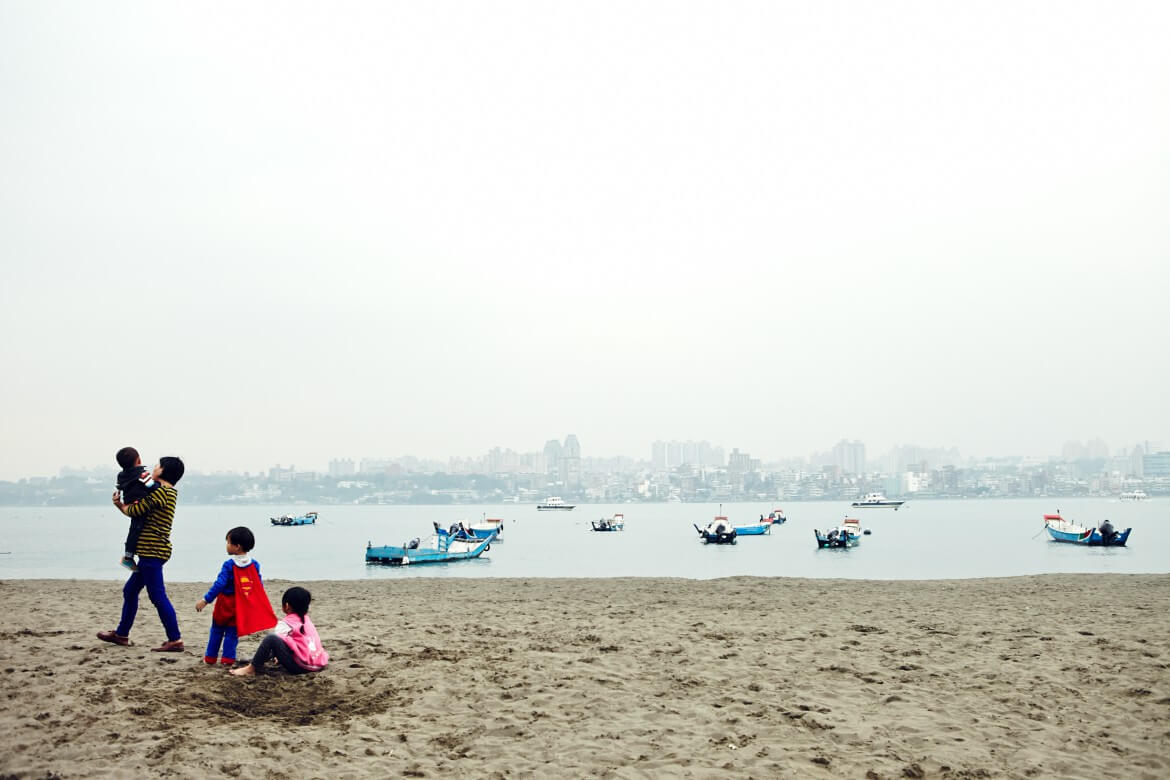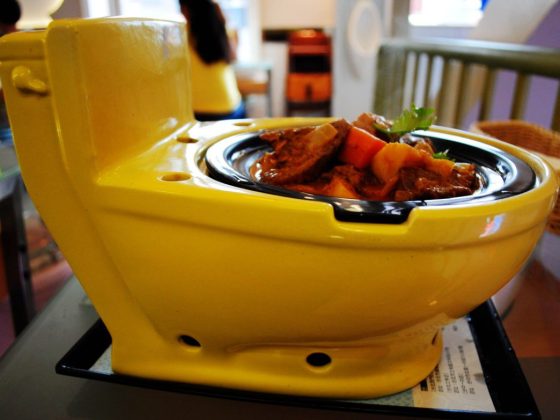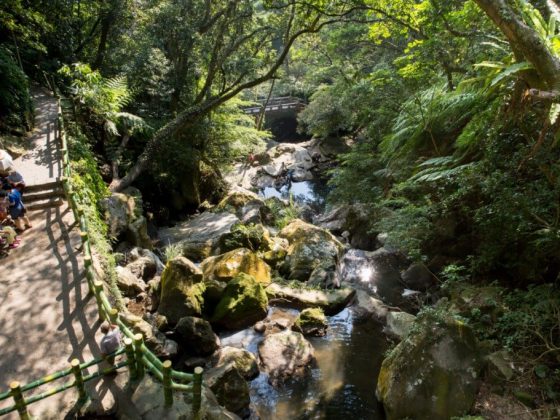Text: Owain Mckimm
Photos: Maggie Song
Unlike many rivers that cut through big urban areas, the Tamsui River (淡水河) has a pretty good life. In the early days of Taipei, the river provided the industry and access to international trade that facilitated the rapid development of what are today inner-city districts such as Wanhua and Dadaocheng, which could have led it to a polluted present sandwiched between gray high-rises and factories. Fortunately, however, the river enjoys a rather more pleasant existence, flanked as it is by long stretches of riverside parks. And this doesn’t stop when it leaves the city center.
Around the Northern Tip
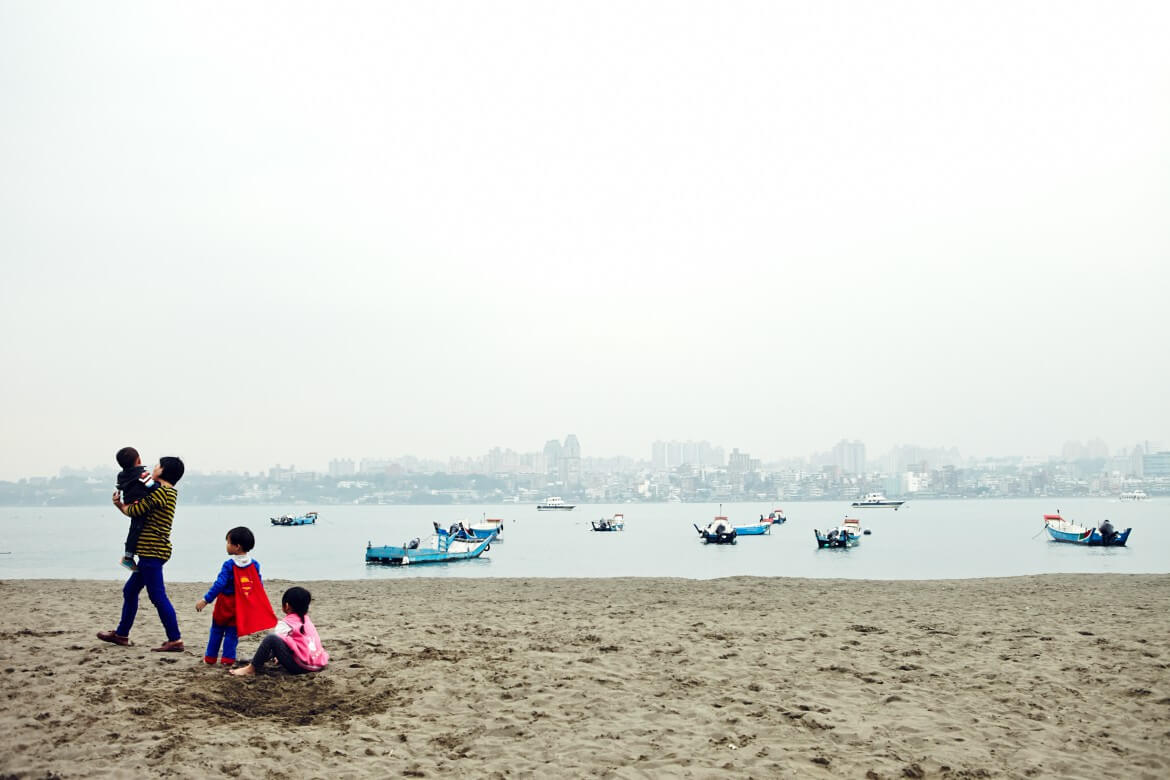
As the Tamsui travels on towards the sea, it enters a land of nature conservation areas and charming estuary settlements. Three settlements, Tamsui (淡水) and Guandu (關渡) on the river’s eastern bank and Bali (八里) on the western bank, form something of an Arcadia for Taipei folk, who flock there on weekends in order to soak up some of the seaside joie de vivre, cycle along the riverside bike paths, and/or get in touch with the natural world in one of the area’s several nature parks. (Read also: Cycling in Taiwan – East Taiwan by Eleven and Nine)
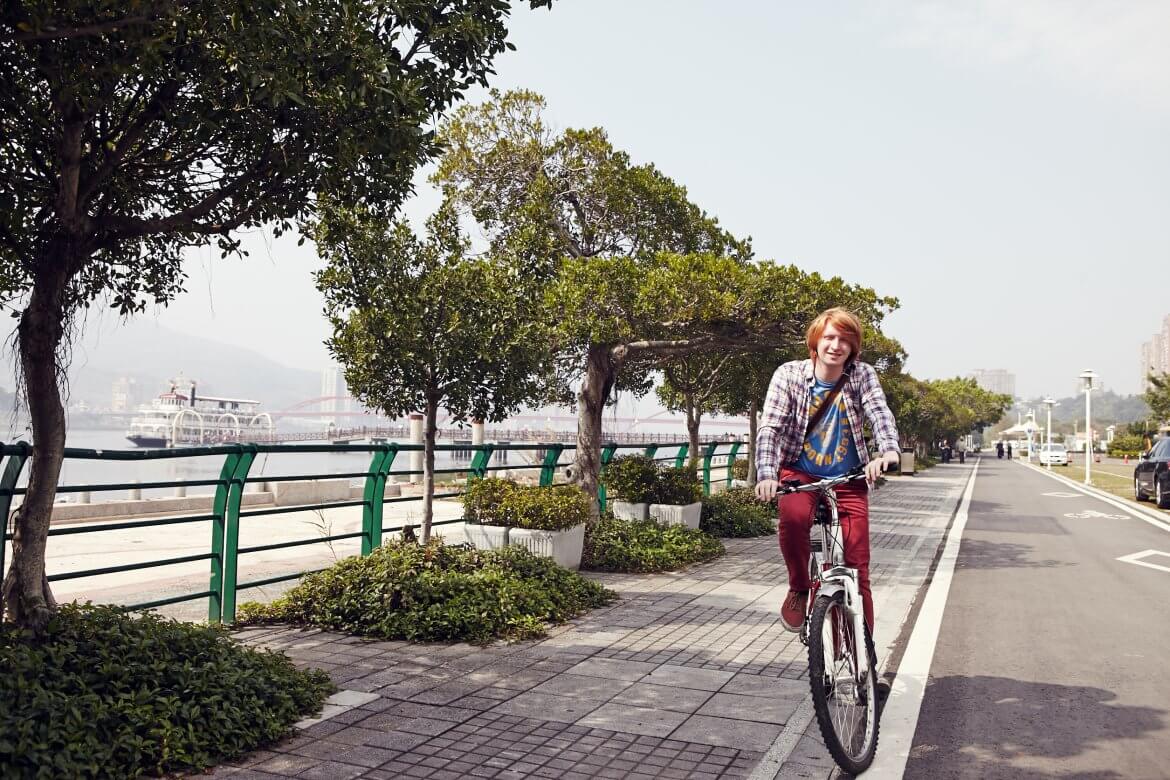
Guandu Temple (關渡宮)
The main building of Guandu Temple has been rebuilt several times, but the site itself has been used for the worship of Mazu, Goddess of the Sea, for over 300 years. Apart from Mazu, the temple also pays homage to Guanyin, Goddess of Mercy, and Emperor Wenchang, God of Culture and Literature. To the right of the main hall is the Old Buddha Cave (古佛洞), an 80-meter-long tunnel with painted life-sized statues of 28 Buddhist deities set into the walls on either side. At the end of the tunnel is an imposing golden statue of a thousand-armed Guanyin and a terrace with a pleasing view over the river.
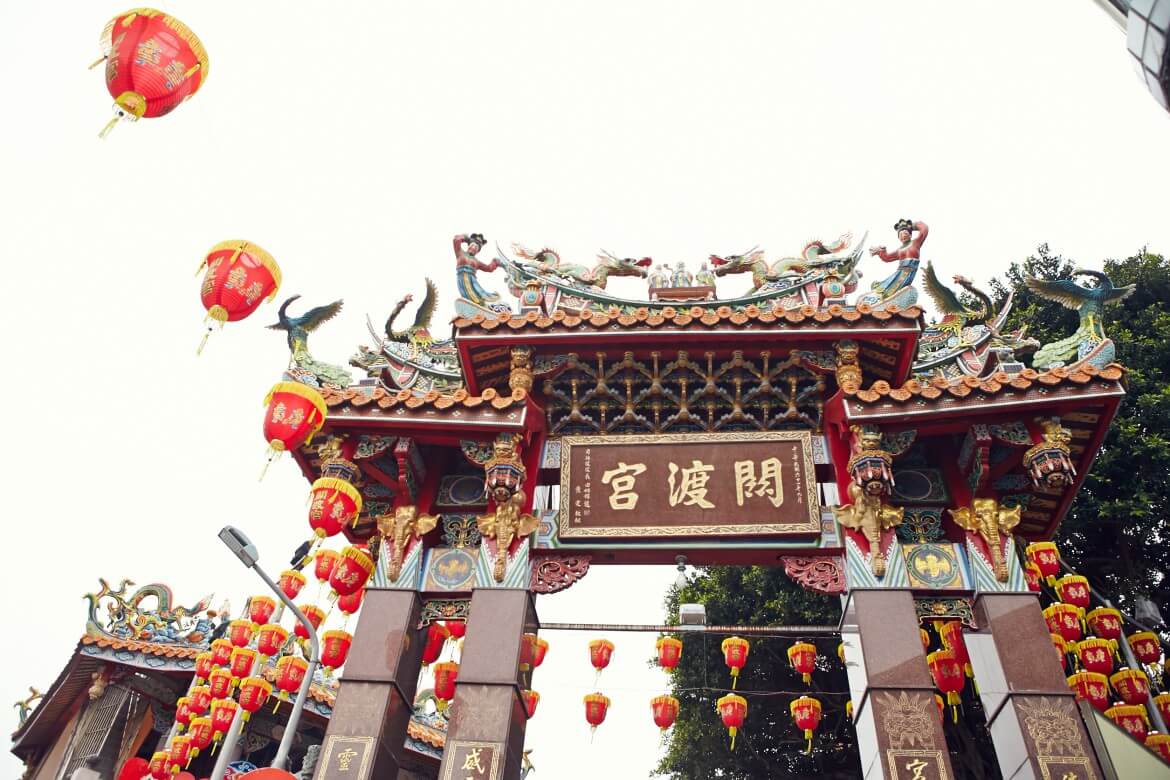
Guandu Food Court (關渡古早街坊)
Looking to fuel up before cycling on to Tamsui? Just pop round the back of Guandu Temple to the Guandu Food Court, home to dozens of stalls selling traditional Taiwanese snack delicacies. Classics such as braised pork rice, oyster omelet, deep-fried taro and sweet potato, fried rice noodles, stinky tofu – all can be enjoyed here. And, if you’re interested in taking some fresh produce home to cook yourself, check out the stall in the far left corner at the back, which sells live loaches, swamp eels, toads, and turtles for your culinary adventures.
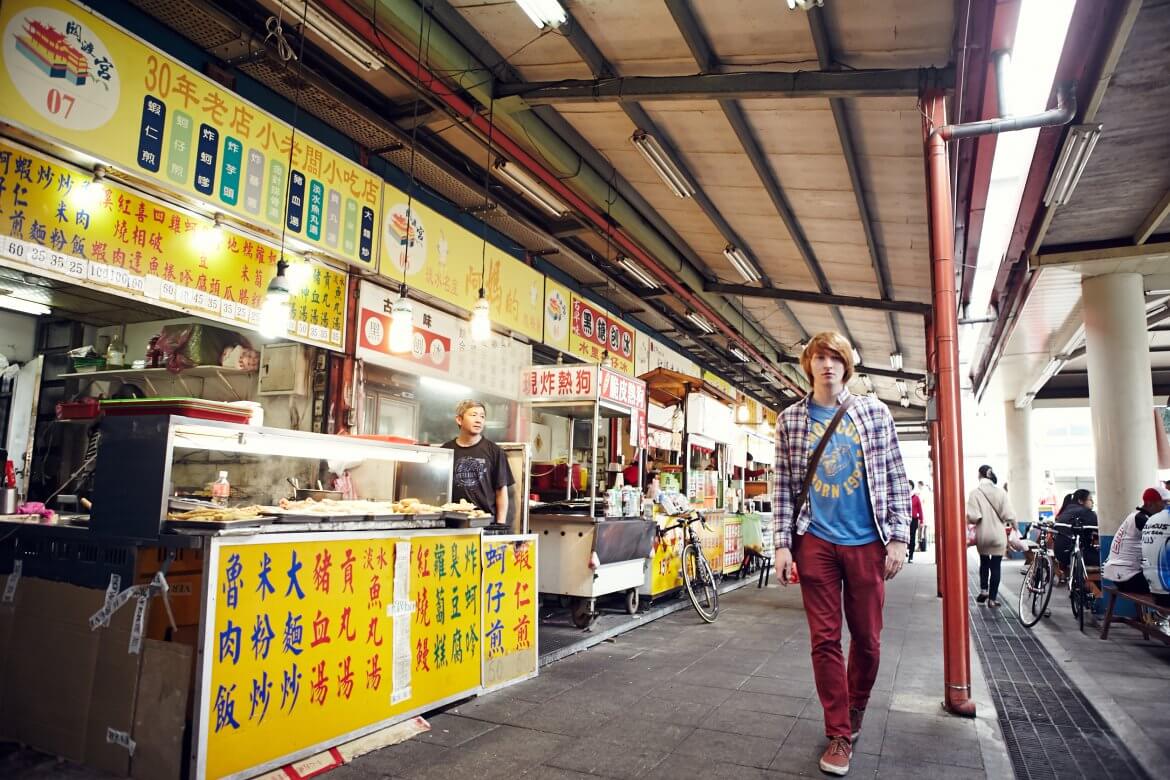
Guandu Nature Park (關渡自然公園)
Covering 57 hectares, this collection of ponds, marshes, and mudflats is a haven for waterfowl and shorebirds. It’s also an important wintering and breeding ground for many species, and as a result over 250 bird species have been documented here, making it a hotspot for birdwatching. The areas of the park open to the public offer serene strolls by freshwater ponds and through coastal forests. In addition, sculptures and other artworks made of all-natural materials found in the park – stick-and-mud huts, giant seed pods, curling wooden ferns – have been subtly integrated into the landscape, giving the impression that you’re walking through some enchanted elfin forest. In the visitor center you’ll find a café and an observation area set up with telescopes and bird guides so you can hone your birdwatching skills. (Read also: Birdwatching In Taiwan: Advice from expert to novice)
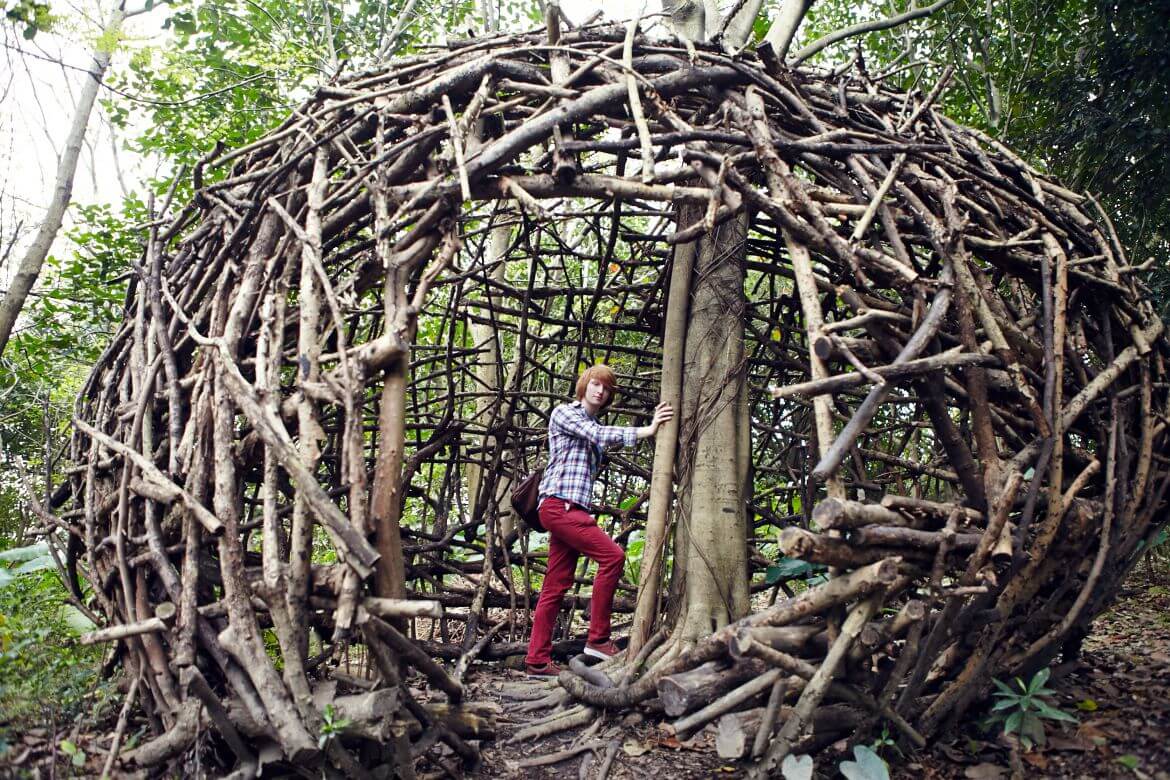
Tamsui Old Street (淡水老街) & Around
You could easily spend a whole day exploring the delights of Tamsui. Tamsui Old Street is the place to load up on the town’s renowned iron eggs (quails’ eggs stewed in spices and dried until chewy); and of course you should visit the surreal Believe It Or Not Museum, with its assortment of pickled oddities and some live ones too – a two-headed, six-legged turtle, for one. Along the riverbank you can take in herons fishing in the Tamsui estuary, blow all your change on fairground-style games, and try another Tamsui specialty, ah-gei (fried beancurd stuffed with vermicelli noodles) at the Original Ah-Gei Store (No. 4, Alley 11, Zhongzheng Rd.; 阿給原創店).
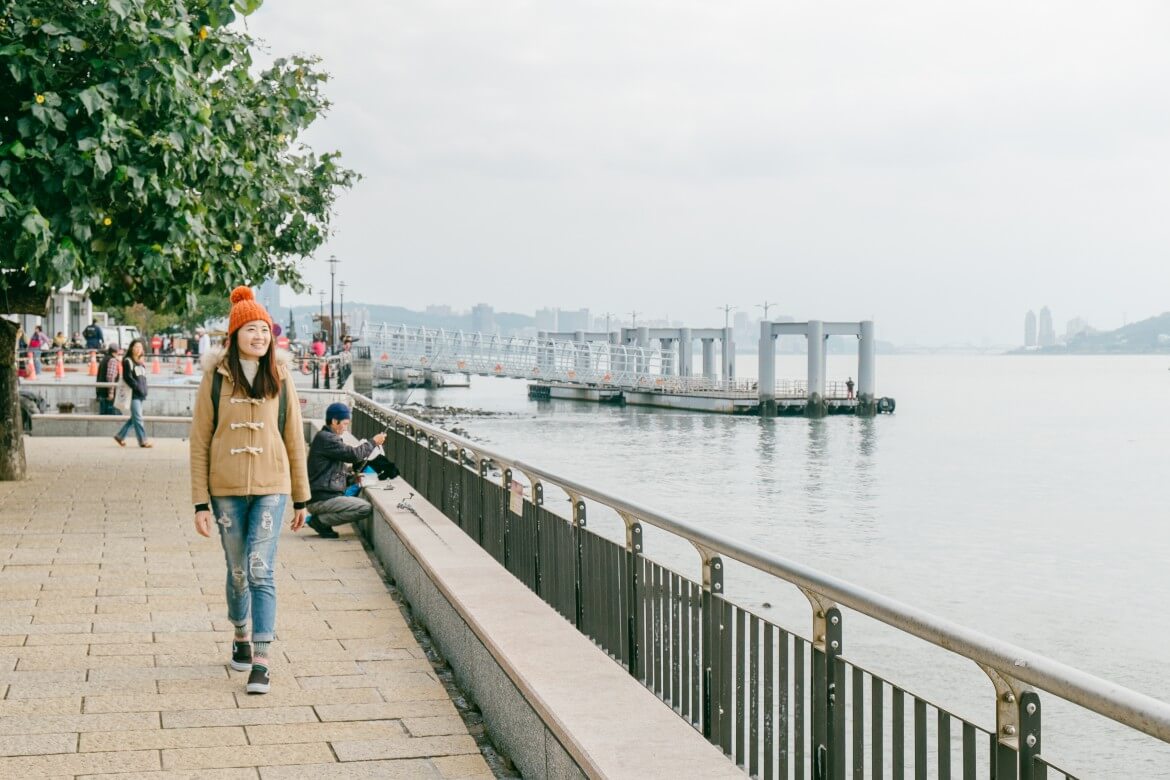
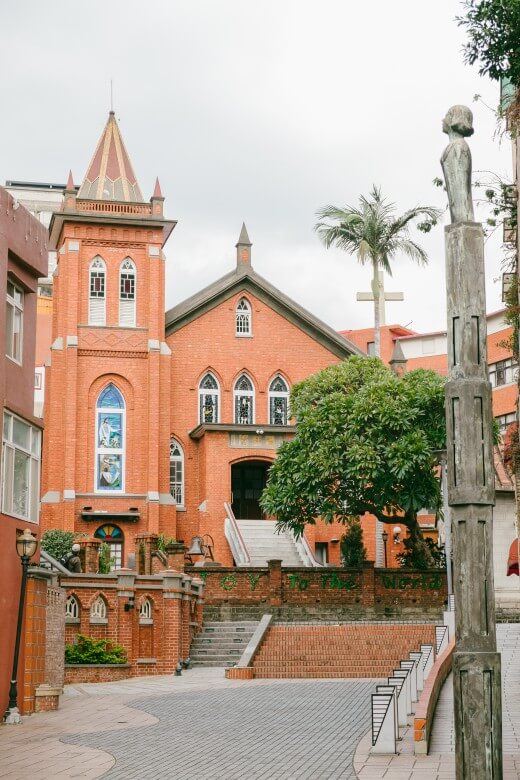
Up the narrow set of stone stairs that make up Alley 14 of Zhongzheng Rd. is the Red Castle (紅樓) – a 19th-century mansion built in the Victorian style, now home to a high-end restaurant and terrace bar with wonderful views from the café on the 3rd floor. Follow the river downstream and you’ll come to the “Old Dutch Fort,” Fort Antonio (better known as Fort San Domingo; 紅毛城) and the Former British Consular Residence (前清英國領事官邸). From the fort, head uphill on Zhenli Street and you’ll arrive at the former Tamsui Customs Officer’s Residence (前清淡水關稅務司官邸), also known as the Little White House – a beautiful white colonial-style building with vaulted arcades, fronting a meticulously tended garden.
Bali Old Street (八里老街)
Across the river from Tamsui, just a few meters from where you step off the ferry, Bali Old Street is a slightly shorter, slightly more laid-back version of Tamsui Old Street. The pace here is a little slower, a little less frantic than its counterpart on the other side of the river. Food choices include more roasted corn, fried squid, corn dogs, barbequed tofu, and fried birds’-eggs-on-a-stick than you can shake a stick at. The most popular vendor, though, is undoubtedly the donut shop at the top of the street. Three snacks are on sale here – your classic donut, a two-pronged crispy bun called “twins,” and taro cookies, which consist of taro paste sandwiched between two deep-fried cream crackers.
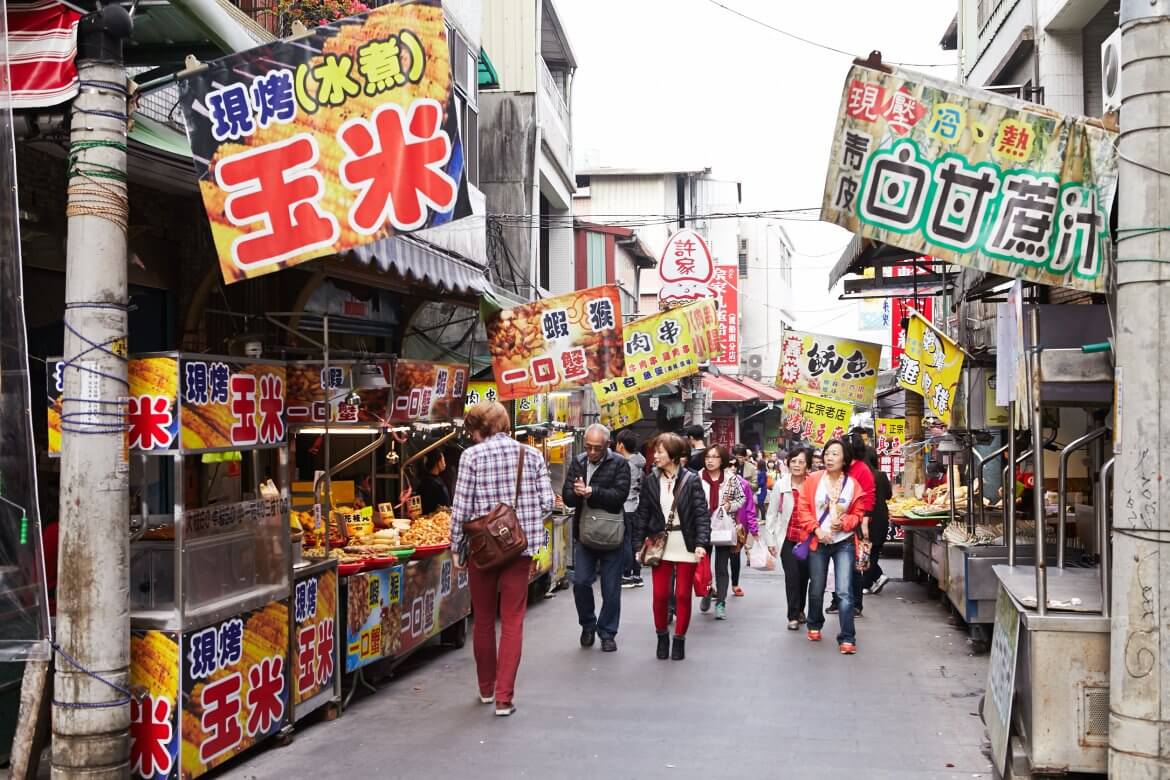
Bali Left Bank Park (八里左岸公園)
A fairly similar experience to Tamsui’s riverside pedestrian area, Bali Left Bank Park is, as well, somewhat more easy-going than its cousin across the water. A slew of interesting shops selling Western ’50s-style toys line the bank – think cup-and-ball and rubber-band rifles (though you’ll also find that some are distinctly Taiwanese – child-sized versions of the war god Guan Gong’s Green Dragon Crescent Blade, for example). There are also some expansive green spaces and sheltering trees where you can sit awhile in the shade and enjoy your ice-cream tower. Follow the path downriver and you’ll come to the Waziwei Conservation Area (挖仔尾自然保留區) – an old village and a peaceful mangrove park, which few tourists visit, even on weekends, with soft muddy earth that is home to fiddler crabs and mudskippers galore, as well as several species of waterfowl.
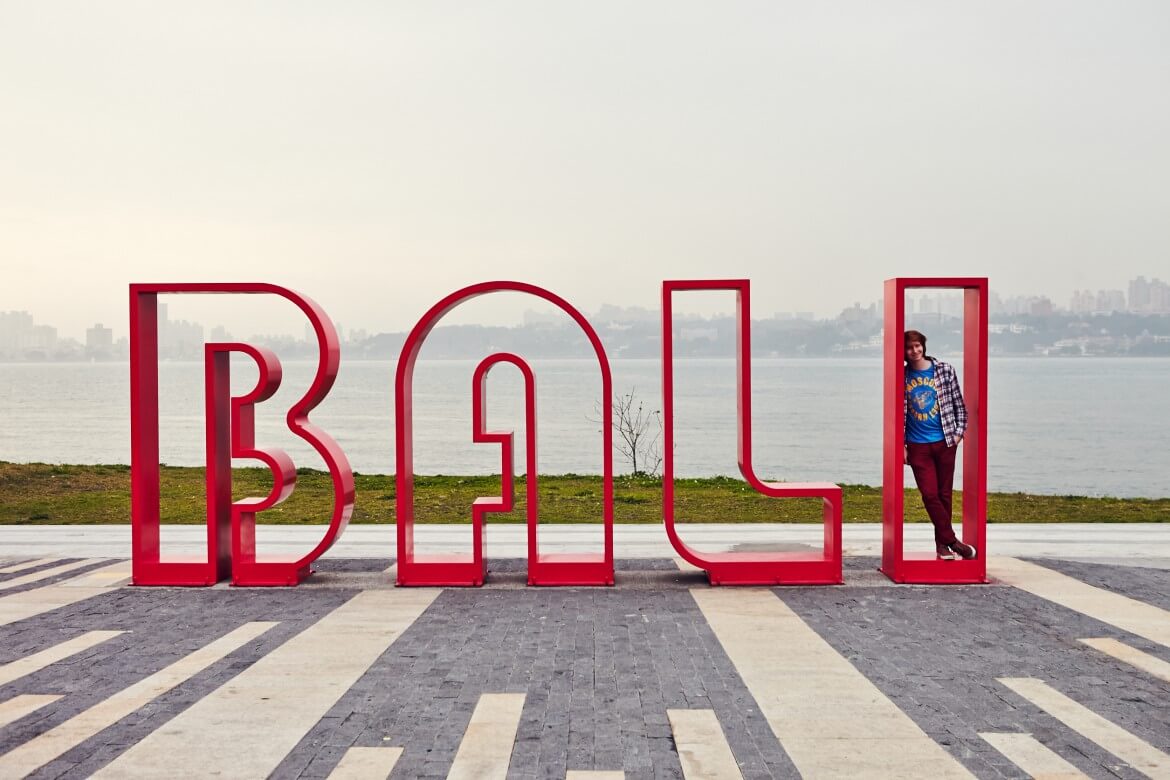
Shihsanhang Museum of Archaeology (十三行博物館)
The archaeological site at Shihsanhang, discovered in the 1950s, offered up a rich trove of archaeological treasures that shed considerable light on the history of one of Taiwan’s northern lowland tribes. The site threw up pottery, beads, bronze utensils, silver, copperware, gold jewelry, and coins, as well as human and animal remains, some dating back almost 2,000 years; and, moreover, provided evidence that the Shihsanhang people were the earliest in Taiwan to have possessed iron-smelting technology. The museum, opened in 2003 to exhibit the finds, provides a fascinating look both into the lives of this early Taiwan indigenous people and into the archaeological process itself. Good English signage throughout, and lots of hands-on activities for youngsters, make this a fun place to visit as a family.
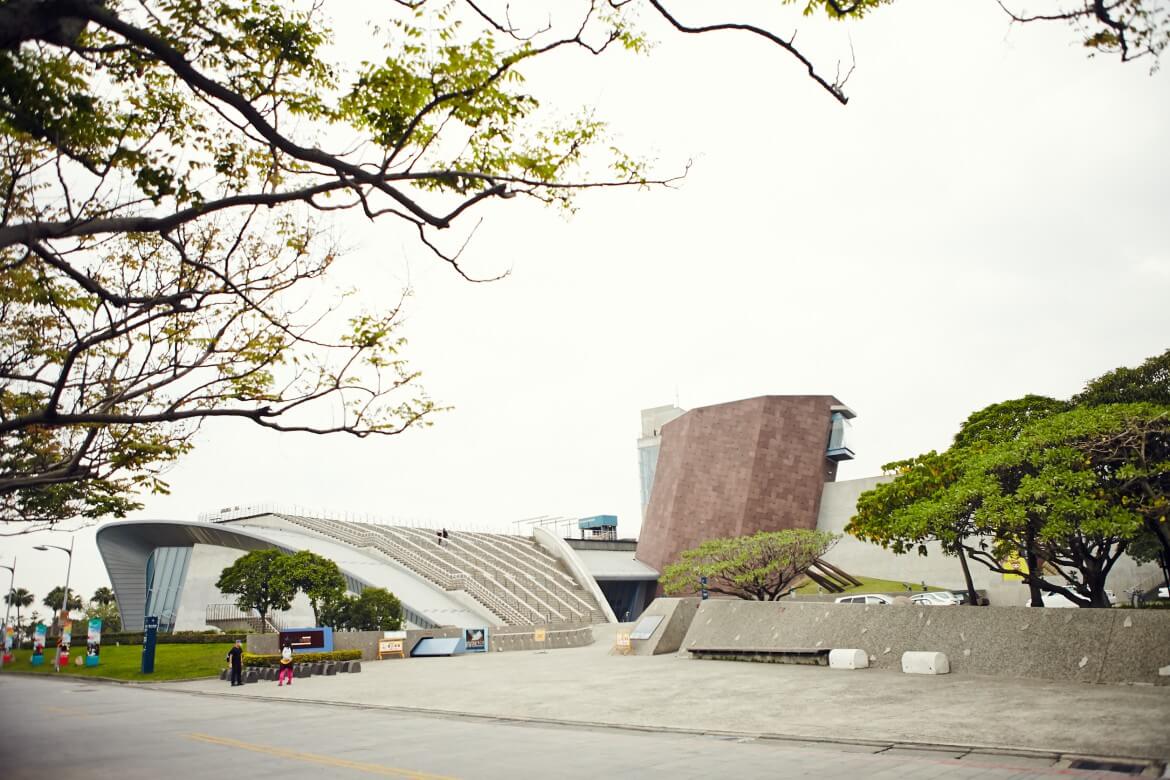
Explore Tamsui with MyTaiwanTour.
This article was published in Travel in Taiwan magazine (May/June, 2015)
You might also be interested: Three Taipei spots for a leisurely stroll

